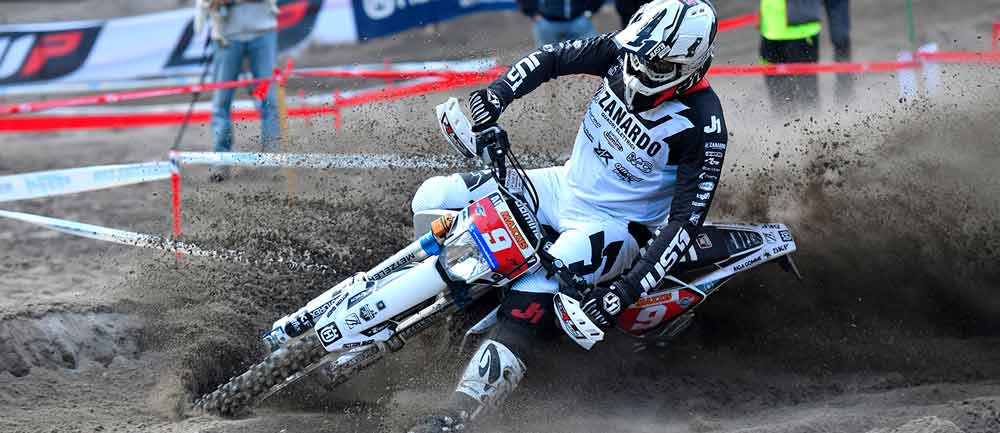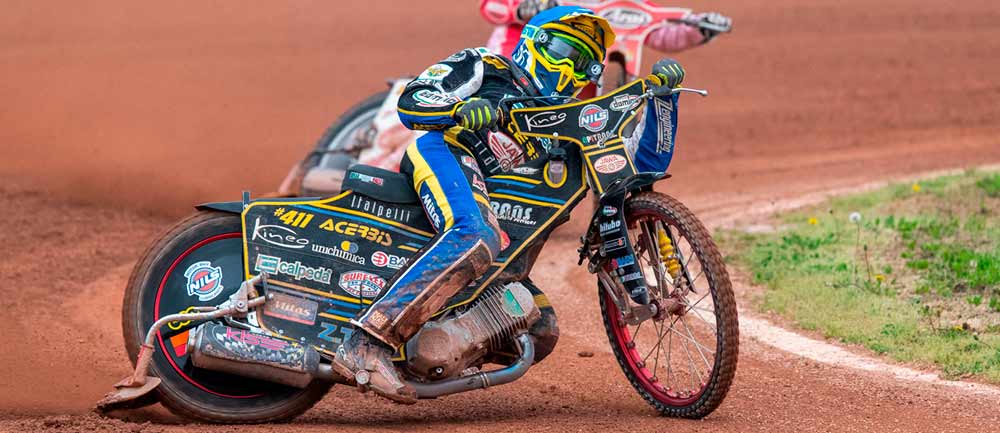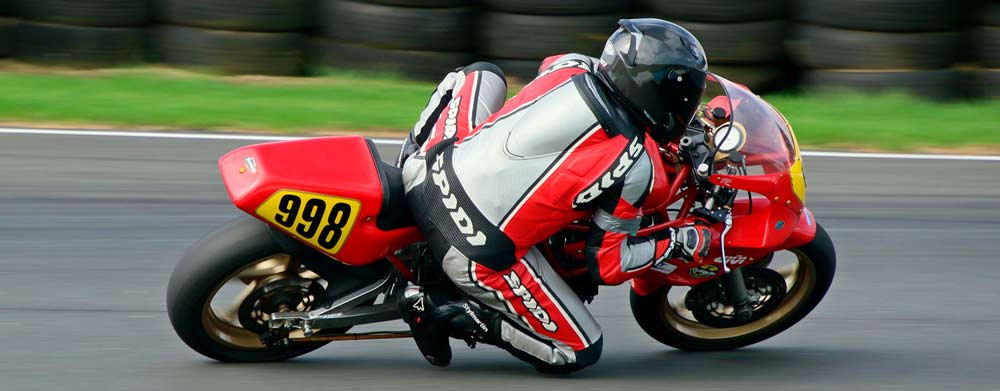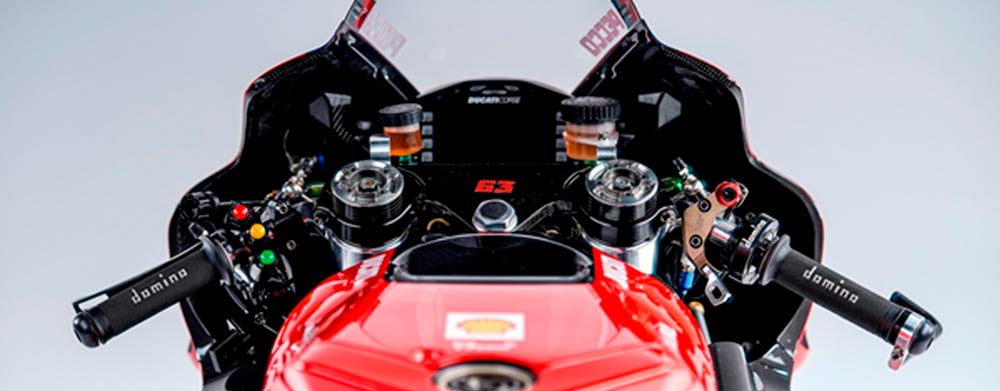-
Products
-
Accessories
- Back rests
- Big bore kits - Athena
- Bike & seat covers
- Caps & lids
- CrampBuster throttle control
- Crash protection
- Footguards
- Hand guards, extensions & mittens
- Lights
- Mud guards / chain guards
- Pet carriers
- Phone and navigation, smart mounts
- Power connection kits
- Radiator protection
- Safety accessories
- Scottoiler
- Security and padlocks
- Side stand supports
- Storage containers
- Sump Protection
- Batteries, chargers and accessories
-
Clothing
- Body armour, protectors and safety
- Boots
- Gloves
- Jackets - heritage & waxed
- Jackets - leather
- Jackets - textile
- Jackets - urban
- Rainwear / thermal wear
- Trousers - heritage & waxed
- Trousers - jeans and denim
- Trousers - leather
- Trousers - textile
- Women's clothing
-
Clearance / end of line / samples
- Samples / one-offs
- Boots clearance
- Gloves clearance
- Jackets - leather clearance - mens
- Jackets - leather clearance - ladies
- Jackets - textile clearance - mens
- Jackets - textile clearance - ladies
- Jeans and denim clearance
- Trousers - leather clearance - mens
- Trousers - leather clearance - ladies
- Trousers - textile clearance - mens
- Trousers - textile clearance - ladies
- Communications
- Engine Management (GET ECUs)
- Helmets
- Luggage
- Mufflers
-
Spare Parts
- Bar end weights and plugs
- Brake systems
- Carburettors and fueling
- Chain - Regina
- Clutch Systems
- Electrical
- Filters
- Forks
- Gaskets and seals
- Hand / foot controls
- Hose, clamps and clips
- Mirrors
- Piston kits - Athena
- Regulator rectifiers
- Screws, bolts, nuts, washers
- Shims for Ducati
- Shocks
- Side Stands
- Springs
- Sprockets
- Steering head bearings
- Tail tidy
- Wheel bearing and seal kits
- Clearance - spare parts
- Sprays, fluids and lubricants
- Stands, benches & wheel clamps
-
Tools
- Bearing tools
- Bike-specific tools
- Brake servicing
- Brushes
- Carburettor gauges & tools
- Chain tools
- Clutch hub tools
- Flywheel pullers
- Hook wrenches
- Oil filter removal tools
- Piston tools
- Plug spanners / T-bar sockets
- Spanners
- Specialty tools
- Spoke keys & wrenches
- Spring hooks
- Suspension tools
- Timing tools
- Tool trays
- Tyre repair
- Valve tools
- Wiring and electrical tools
- Tyre changing equipment
- Windscreens
-
Accessories
- Brands
- Specials
How to choose a new throttle for your bike
Posted in Technical tips
There are very few machines in the world, other than motorcyles, controlled with a twist grip and there is no sensation quite the same as pulling it back against the stop and letting all of the available horsepower loose. No matter whether you’re on a 50cc scooter, or a 200 plus HP superbike, twisting the throttle will put a grin on any face. But, this device is not a switch. Far from it, a throttle is a precise instrument for controlling the power output of a motorcycle and if it’s not smooth and firm with a quick response you simply won’t be able to control the bike at its best. Sadly, the quality of the throttle is something that is often overlooked, even by some manufacturers, so a throttle upgrade is a relatively low-cost way to improve your bike’s performance and ultimately the level of joy it brings you.
As well as manufacturing original equipment throttles for most European motorcycle brands, Domino Racing produces a wide variety of after-market throttle sizes and types, all made in their own factory in the north of Italy. Domino throttles are all high-quality items with an emphasis on smoothness and rigidity, meaning your every muscle input goes directly to the throttle cable and conversely, every ounce of feedback makes it to your nerve endings, rather than being soaked up by a flexible throttle tube, or excess friction.

When it comes to upgrading though, the tricky part is choosing the right throttle for your bike. Given the wide variety of motorcycles in production, there are very few after-market throttle assemblies that are a true “plug n play” solution that will work with original equipment throttle cables, not to mention switch gear and brake lever clearance. But, with a little help, we reckon you should be able to pick a throttle that will work for you.

WHAT IS QUICKNESS RATIO?
The primary consideration when choosing a new throttle is to calculate the quickness ratio you need. Domino throttles all have a quickness ratio, which is expressed as degrees per millimetre. This means to get 1 mm of cable travel, you need to twist the throttle by the number of degrees listed. Some Domino throttles come with interchangeable throttle drums so you can change the quickness ratio, without changing the throttle. We'll explain how to calculate the Quickness Ratio in a minute, but first you need to work out how much cable you need the throttle to pull on your bike.

TWIST ANGLES AND THE ¼ TURN THROTTLE
You will often hear people talking about a “¼ turn throttle” as something for racing. As a guide, a ¼ turn throttle is actually fairly average. But what is a ¼ turn throttle? In a nutshell, ¼ turn means you need to twist the throttle through 90° of rotation to get full throttle. Generally speaking, less than that is fast, suitable for racing, whereas more than that is slow and better for things like trials riding. The preference also varies depending on the power output of the bike. On something like a 300 Supersport race bike, you want to be able to hit the throttle stop almost instantly, so the less turn required, the better. Whereas a superbike will need a little more range to make it easier to control the massive power output.
To calculate how far you'll need to twist any given throttle on your bike, you need to know how much cable to pull to get full throttle. On an old-fashioned carburettor, where the cable connects to the top of the slide, it's simply the throat diameter of the carburettor. E.g. a Dell'Orto 40mm carb will need a throttle that can pull 40mm of cable to get full throttle. Fuel injection and diaphragm carburettors are a little trickier as the cable pull depends on the cam profile at the throttle body. In this case, you need to measure the amount of cable that is pulled from zero to full throttle, which can normally be done quite easily with a short ruler and a marker pen.
CALCULATING THE QUICKNESS RATIO
Now you know the amount of cable pull required, you can calculate the quickness ratio you'll need to get full throttle at the amount of twist you want. Using our Dell'Orto carburettor example and a ¼ turn, 90° ÷ 40mm = 2.25° per mm. A smaller quickness ratio will mean a faster throttle and vice-versa. Conversly, if you want to check a throttle to see how far you need to twist it to get the right amount of cable pull, simply translate the equation (remember those algebra lessons from high-school?) and multiply the cable pull by the throttle quickness ratio to get the amount of twist. E.g. a 40mm pull and a 1.9° per mm ratio will give 40 x 1.9 = 76° of throttle twist to get full throttle.
Quickness Ratio specifies how much the throttle rotates for every millimetre of cable travel – a smaller ratio will mean a faster throttle and vice versa.
THROTTLE AND CABLE STYLES
Once you have an idea of quickness ratio (usually you will want to have an idea of an acceptable range, because it’s hard to find one that matches your calculations precisely) you can then narrow things further by looking for the style of throttle you need. Most modern bikes run a desmodromic, or push/pull style throttle, where one cable opens the throttle and the other provides positive closing in case the return spring fails. Two-stroke models, or older bikes typically only have a single opening cable. Some twin cylinder models will have a dual cable throttle, with a separate opening cable for each carburettor. In this case there are a couple of dual cable throttle options, or you could also use a single cable throttle with a cable splitter. There are advantages and disadvantages to each setup, so have a think about which would suit you best.
Another consideration is whether the cables should exit the throttle straight off the drum, perpendicular to the handlebar, or have an elbow, or roller to bend the cable so it runs parallel to the handlebar at the throttle exit. Usually the preference will depend on how and where the brake lever sits, as well as the fairing/handguards, or desired cable route.

PUTTING IT ALL TOGETHER
Once you have a fair idea of what you are looking for, take a look at our range of throttles here - https://www.eurobike.co.nz/spare-parts/hand-foot-controls/throttles/
Don't limit yourself to looking at just road throttles for road bikes, or off-road throttles for a dirt bike, either. At the end of the day, it's just a device to twist, that pulls a cable. We run a single-pull motocross throttle with a roller on our 750F1 Ducati road race machine because it fits nicely, gives the right amount of twist and has a nice, smooth action thanks to the cable pulley. We then run a splitter in the cable so the throttle can operate both carburettors. By securing the splitter to the bike’s chassis, there is no variation in pull from carb to carb as the steering goes through the full range from lock to lock.

A FEW EXTRA TIPS!
You may also need to consider your throttle cables. In some cases, you may be able to re-use the genuine throttle cable, but most of the time you will need to replace this also. Domino XM2 and KR series desmodromic throttles have both bike specific and universal cable sets available to purchase separately, but for other throttle models, you may need to make a custom throttle cable. We stock a range of throttle cable accessories and most qualified mechanics will be able to help with this job, without too much trouble.
The final consideration is switch gear. Many production motorcycles have switches incorporated into the throttle assembly. If this is the case, the only possible direct replacement would be another genuine throttle. However, Domino also makes a range of after-market switch blocks, so chances are you’ll be able to find one that will fit alongside a Domino throttle to replace the genuine parts. You will probably need to undergo some electrical work to wire the after-market switches to the original wiring loom, but this isn’t a difficult job for any qualified mechanic.

If this is still all too confusing, just send us a message and we will do our best to help with some recommendations.

